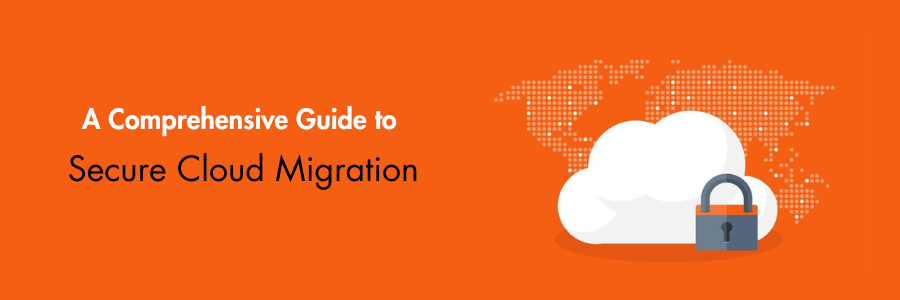Comprehensive Guide to Secure Cloud Migration for CIO
As businesses increasingly transition to cloud environments, ensuring security throughout the migration process and beyond is paramount. CIOs and CTOs must adopt robust strategies to safeguard their data, applications, and infrastructure from potential threats.
This blog explores secure cloud migration strategies, essential cloud security tools, and best practices to maintain a secure cloud environment.
Understanding the Need for Secure Cloud Migration
Cloud migration offers numerous benefits such as scalability, cost savings, and enhanced collaboration. However, it also introduces security challenges, including data breaches, loss of control over sensitive data, and compliance issues. A secure cloud migration strategy ensures that these challenges are addressed proactively, safeguarding business continuity and maintaining trust with stakeholders.
Key Strategies for Secure Cloud Migration
Comprehensive Planning and Risk Assessment
Assessment of Current Infrastructure: Evaluate existing systems and data to identify what needs to be migrated and potential security risks.
Risk Management: Identify potential threats and vulnerabilities. Develop a risk management plan to mitigate these risks during and after migration.
Choosing the Right Cloud Provider
Due Diligence: Assess cloud providers based on their security measures, compliance certifications (like ISO 27001, SOC 2), and past security incidents.
Shared Responsibility Model: Understand the shared responsibility model where the provider handles the security of the cloud, while your organization is responsible for security in the cloud.
Data Encryption and Protection
Encryption: Implement end-to-end encryption for data in transit and at rest.
Data Masking and Tokenization: Use data masking and tokenization to protect sensitive information.
Identity and Access Management (IAM)
Zero Trust Model: Adopt a Zero Trust security model where every access request is thoroughly verified.
Multi-Factor Authentication (MFA): Implement MFA to add an additional layer of security for accessing cloud resources.
Role-Based Access Control (RBAC): Ensure users have the minimum level of access required for their role.
Application Security
Secure Software Development Lifecycle (SDLC): Integrate security practices into the development process to identify and mitigate vulnerabilities early.
Application Firewalls: Deploy Web Application Firewalls (WAF) to protect applications from common threats like SQL injection and cross-site scripting (XSS).

Continuous Monitoring and Incident Response
Security Information and Event Management (SIEM): Use SIEM tools to monitor and analyze security events in real-time.
Incident Response Plan: Develop and regularly update an incident response plan to quickly address and mitigate security incidents.
Essential Cloud Security Tools
- Cloud Access Security Broker (CASB)
Acts as a gatekeeper to enforce security policies and ensure compliance when accessing cloud services.
- Data Loss Prevention (DLP) Tools
Monitor and protect sensitive data from unauthorized access and potential breaches.
- Encryption and Key Management Solutions
Provide robust encryption and manage cryptographic keys to secure data in the cloud.
- Cloud Security Posture Management (CSPM)
Continuously monitor cloud environments for compliance with security policies and standards. Cloud Workload Protection Platforms (CWPP)
Secure cloud workloads, including virtual machines, containers, and serverless functions.
Best Practices for Securing Cloud Environments
- Regular Security Audits and Compliance Checks
Conduct regular security audits and ensure compliance with relevant regulations and standards.
- Automated Security Updates and Patch Management
Automate security updates and patches to protect against known vulnerabilities.
- Employee Training and Awareness
Train employees on cloud security best practices and the importance of following security protocols.
- Backup and Disaster Recovery Planning
Implement robust backup solutions and develop a disaster recovery plan to ensure business continuity.
- Regular Review and Update of Security Policies
Continuously review and update security policies to address new threats and changes in the cloud environment.
Conclusion Secure cloud migration is a complex but essential process for modern businesses. By adopting comprehensive strategies, leveraging advanced security tools, and following best practices, CIOs and CTOs can ensure a secure transition to the cloud. Protecting data and applications in the cloud not only safeguards business operations but also builds trust with customers and partners. Embrace the journey to the cloud with confidence, knowing that a secure, resilient, and compliant cloud environment is within reach.


